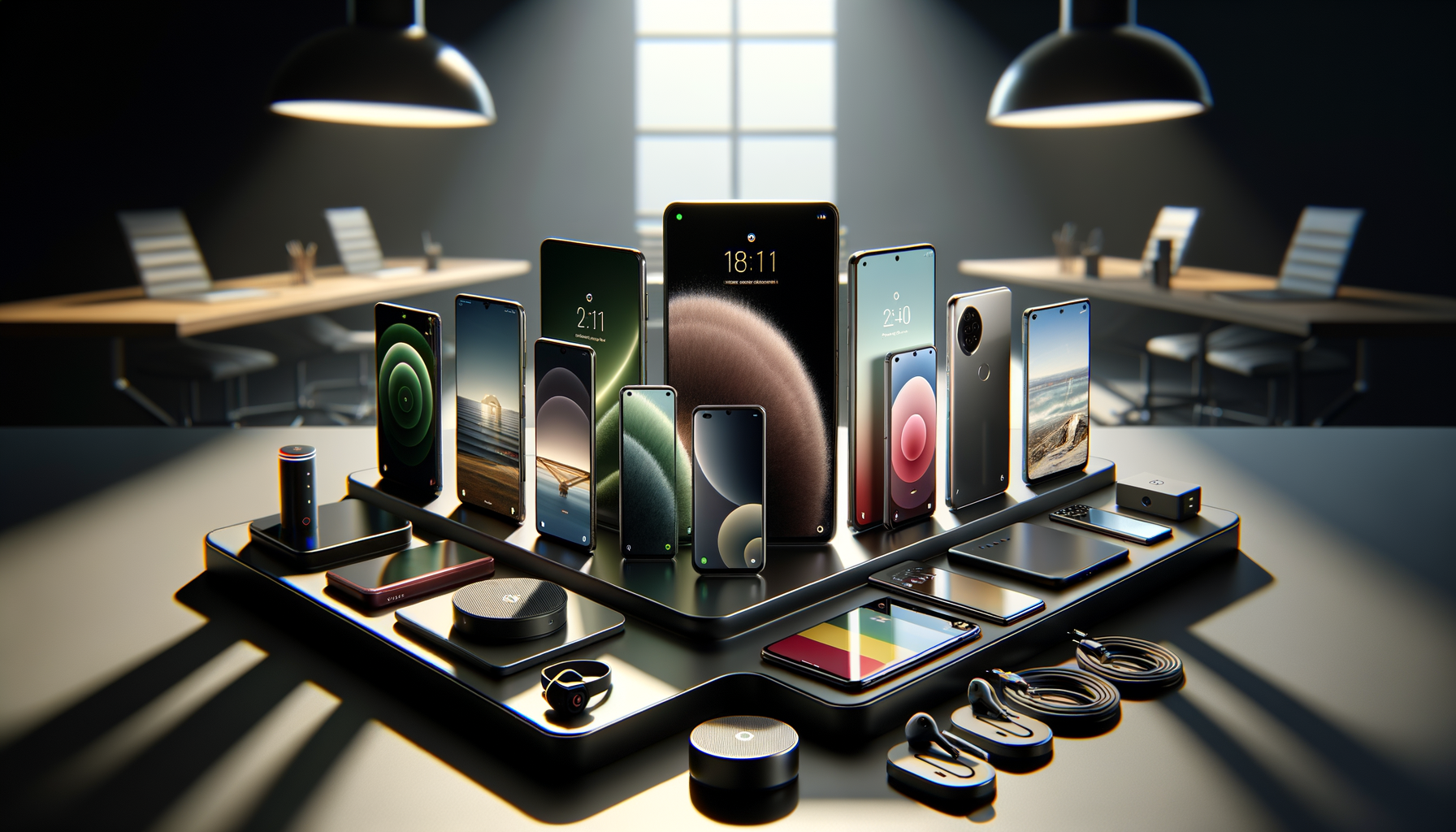Understanding Your Needs
When embarking on the journey to find a new smartphone, the first step is to understand your own needs and preferences. Are you someone who prioritizes a powerful camera for capturing life’s moments, or do you need a device that can handle intensive gaming sessions? Perhaps battery life is your top concern, ensuring your phone can last through a busy day without needing a recharge.
Consider the following aspects when evaluating your needs:
- Camera Quality: If photography is your passion, look for phones with advanced camera systems, offering features like optical zoom, night mode, and high-resolution sensors.
- Performance: For gaming or multitasking, a phone with a powerful processor and ample RAM is essential to ensure smooth and lag-free operation.
- Battery Life: A robust battery is crucial for users who are constantly on the go, requiring a phone that can keep up with their active lifestyle.
- Display: A vibrant and clear display enhances the experience of streaming videos, gaming, or simply browsing the web.
- Storage: Adequate storage is important for those who store a lot of media, apps, and documents on their device.
Identifying these priorities will help narrow down the choices and lead you to a smartphone that truly complements your lifestyle.
Comparing Operating Systems
The operating system (OS) is a fundamental component of any smartphone, influencing the user interface and overall experience. The two primary contenders in the smartphone market are Android and iOS, each offering unique advantages and considerations.
Android: Known for its customization capabilities, Android allows users to personalize their devices extensively. With a wide range of manufacturers producing Android phones, there’s a diverse selection of devices across various price points. However, this can also lead to fragmentation, where software updates may vary in timing and availability across different brands.
iOS: Apple’s iOS is celebrated for its seamless integration with other Apple products and a consistent user experience. Updates are rolled out simultaneously to all compatible devices, ensuring users have access to the latest features and security enhancements. However, the closed ecosystem can limit customization options compared to Android.
Ultimately, the choice between Android and iOS often comes down to personal preference and ecosystem loyalty. Consider what features and functionalities are most important to you, and how they align with the offerings of each operating system.
Evaluating Camera Capabilities
In today’s smartphone market, camera quality is a significant selling point, with manufacturers continually pushing the boundaries of mobile photography. Whether you’re a professional photographer or simply enjoy capturing memories, understanding the camera capabilities of a smartphone is crucial.
Here are some key features to consider:
- Megapixels: While higher megapixels can contribute to better image quality, they are not the sole factor. Sensor size, aperture, and image processing also play critical roles.
- Low-Light Performance: Look for phones with night mode or enhanced low-light capabilities, allowing you to take clear photos even in dim conditions.
- Zoom Capabilities: Optical zoom provides better quality than digital zoom, maintaining image clarity when capturing distant subjects.
- Video Recording: Features like 4K recording, stabilization, and slow-motion can enhance your video capturing experience.
By focusing on these aspects, you can select a smartphone camera that meets your photography needs and allows you to express your creativity.
Assessing Performance and Battery Life
Performance and battery life are critical factors that can significantly impact your smartphone experience. A device that runs smoothly and lasts throughout the day is essential for productivity and convenience.
Performance: The processor and RAM are the heart of a smartphone’s performance. High-end devices often feature the latest processors and ample RAM, enabling them to handle demanding apps and multitasking with ease. Look for benchmarks and reviews that highlight performance metrics to ensure the phone meets your expectations.
Battery Life: A long-lasting battery is a must for those who rely heavily on their smartphones. Consider the battery capacity (measured in mAh) and look for features like fast charging or wireless charging, which can add convenience to your daily routine.
By prioritizing these factors, you can find a smartphone that not only performs well but also supports your lifestyle without frequent interruptions for recharging.
Making the Final Decision
With a clear understanding of your needs, preferences for operating systems, camera capabilities, and performance requirements, you’re well-equipped to make an informed decision. It’s important to balance these factors with your budget, ensuring you choose a device that offers value for money.
Consider visiting a physical store to experience the look and feel of potential options, as hands-on interaction can provide insights that specifications alone cannot. Additionally, reading user reviews and expert opinions can offer valuable perspectives on the long-term satisfaction of a device.
Remember, the ideal smartphone is one that aligns with your unique lifestyle and preferences. By taking the time to research and evaluate your options, you can confidently select a device that will serve you well for years to come.








